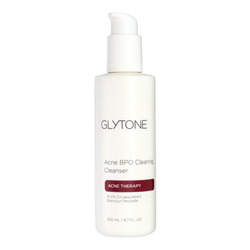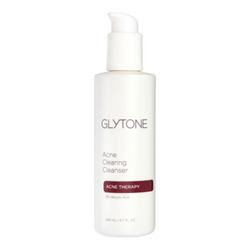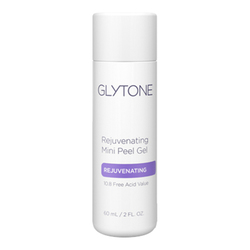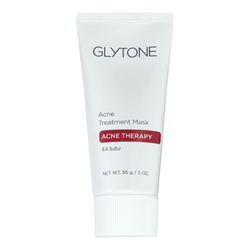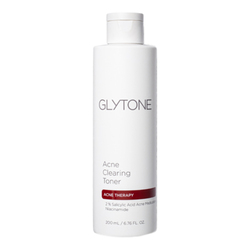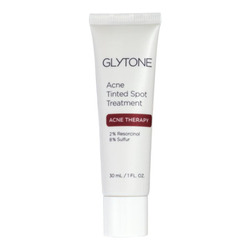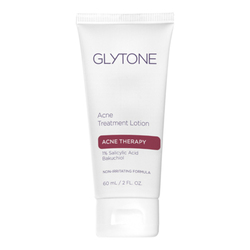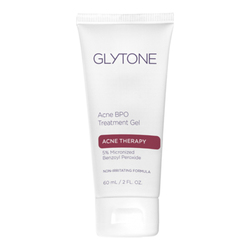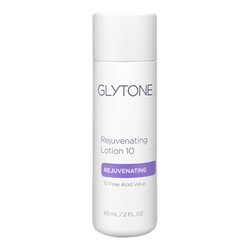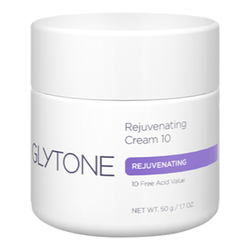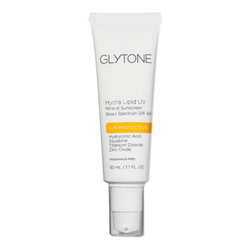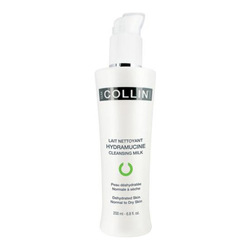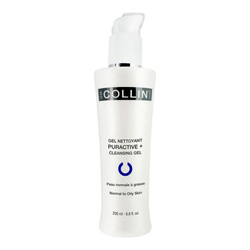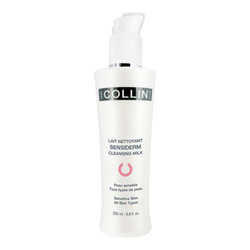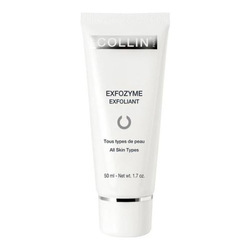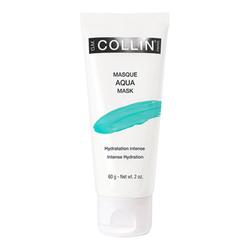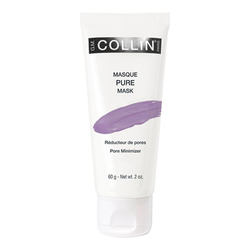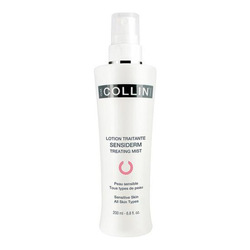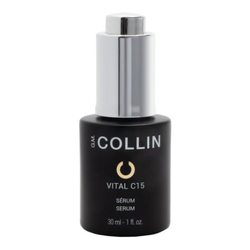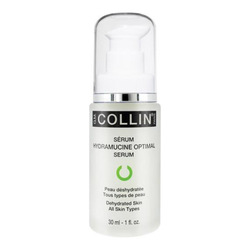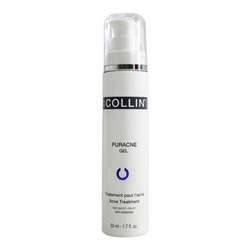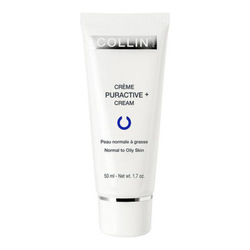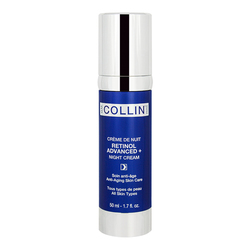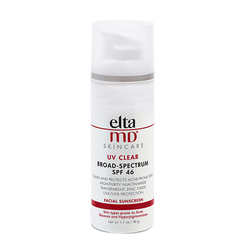You Don't Have to Live With Acne, Here's How to Treat It

Acne affects nearly everyone at some point in their lives. This skin condition affects many people in ways other than their appearance. This can have a significant impact on one's self-esteem and life.
Yes, it is inconvenient, but there are treatments available; however, patience is required.
Acne is a widespread skin care concern that affects people of all ages from all over the world. It usually starts during puberty. Androgen (sex hormone) levels rise during puberty, triggering an increase in sebum (oil) production.
| Pathogenesis of Acne |
The sebum is made to protect the skin against friction and helps to keep it moisturized. The mixture of sebum and dead skin cells clogged the pore which develops to a whitehead or blackhead. Cutibacterium acnes, the acne-causing bacteria that normally lives on people's skin, can thrive inside a plugged pore, causing inflammation, swelling, and infection.

Micromedone
|
Comedone
|
Inflammatory Papule/Pustule
|
Nodule
|
Acne can appear nearly anywhere on the body. The face, back, neck, chest, and shoulders are the most commonly affected areas. When you have acne, you may experience any or all of the following forms of skin lesions:
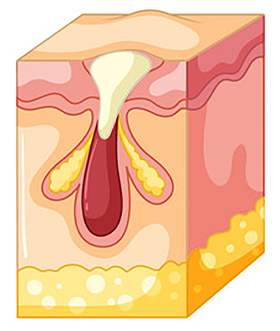 Whitehead
|
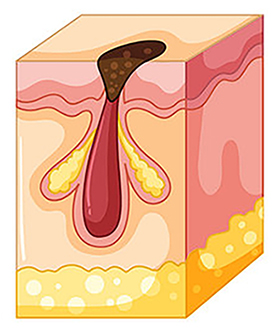 Blackhead
|
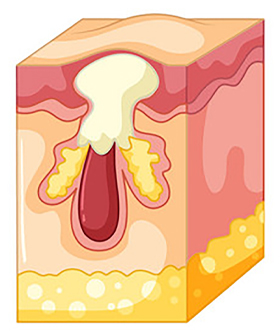 Papule
|
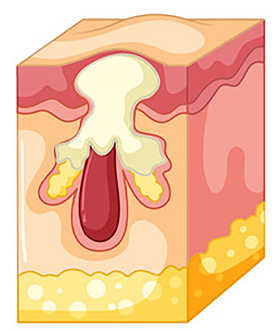 Pustule
|
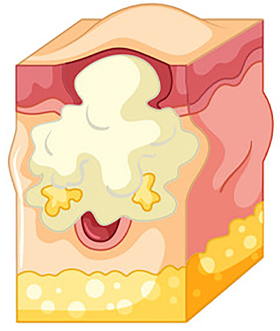 Nodule
|
| Risk Factors of Acne |
Acne is caused by a complex and complicated set of causes. There are several reasons that can cause your skin to produce excessive amounts of oil or create an atmosphere conducive to acne. Here are a few examples:
|
Acne is difficult to avoid due to the numerous factors that contribute to it. However, with the right products and early treatment, acne can be prevented from worsening and leaving scars.
Here are some skincare regimens for Acne from:
 |
| Cleanser |
|
Encapsulated Benzoyl Peroxide (4.5%) eliminates acne-causing bacteria to reduce irritation and prevents future breakouts. |
Contains 2% Salicylic Acid that washes away surface debris, deeply clears pores, and controls oil production to prevent new acne blemishes, blackheads, and whiteheads. |
| Exfoliator | Facial Mask |
|
A rejuvenating at-home peel formulated with glycolic acid that exfoliates and re-texturizes the skin. |
Penetrates deeply to reduce breakouts and soothe inflammation, clears and minimizes pores and reduces surface oils, and helps eliminate blackheads, whiteheads, and pimples. Cleanse the skin thoroughly before applying this mask. *Apply a generous amount to the entire face and neck, or as directed by your physician. Avoid eyes, nostrils, and lips. Leave on skin for 20-25 minutes. Remove with lukewarm water in a gentle circular motion. Pat dry. Use one to three times a week, or as directed by your physician. |
| Toner |
|
A light, refreshing toner that provides a deeper cleanse while controlling oil production and unclogging pores to heal and prevent blemishes, blackheads, and whiteheads. *After cleansing, apply toner to a cotton pad and gently apply over the affected area one to three times daily. Do not rinse. If bothersome dryness or peeling occurs, reduce application to once a day or every other day. |
| Treatment (Day) | Treatment (Day) | Treatment (Night) |
|
A tinted spot treatment that heals, prevents and camouflages blemishes. It helps to control breakouts for healthier-looking skin. Matte Finish. |
A lightweight salicylic acid facial lotion that helps prevent acne blemishes and keeps skin hydrated. |
A facial gel that eliminates the acne-causing bacteria while minimizing potential irritation. |
| Moisturizer (Day) | Moisturizer (Night) |
|
A mattifying hydrating lotion for normal to oily skin that exfoliates dead skin cells to diminish fine lines, wrinkles, hyperpigmentation, and breakouts, leading to a smoother and brighter complexion while adding lightweight, non-greasy hydration. |
A rich, rejuvenating cream that moisturizes while providing skin rejuvenation. |
| Sunscreen |
|
A lightweight, mineral facial sunscreen to hydrate and protect all skin types. Formulated with mineral UVA/UVB filters and Active Stress Defense Technology, it protects your skin from oxidative stress. *Apply daily on the face as the last morning routine step and 15 minutes before sun exposure. Reapply every 2 hours. |
 |
| Cleanser (Dry Skin) |
Cleanser (Oily Skin/Skin Pores and Blackheads) | Cleanser (Sensitive Skin) |
|
Gently removes skin impurities, replenishes the skin's moisture barrier, and prevents damage caused by dryness. |
Removes the excess sebum and purifies the skin, tightens pores, and protects from environmental stressors. *Apply and emulsify with wet fingers. Rinse with lukewarm water. You can use this day and night. |
Eliminates skin impurities, prevents dryness, restores the hydro-lipidic barrier, and helps soothe sensitive skin. *Apply and emulsify with wet fingers. Rinse with lukewarm water. You can use this day and night. |
| Exfoliator |
| A facial exfoliant that refines the skin's texture and brightens the complexion. Suitable for all skin types. This should be applied on damp skin. *After the cleanser, apply a thin layer on damp skin. Leave to work for 10 to 15 minutes. Rinse thoroughly. Can be used once or twice a week. |
| Facial Mask (Dry Skin) | Facial Mask (Oily Skin) |
|
Provides an intense, immediate, and long-lasting moisturization as well as visibly smoothes and restores suppleness to soothe the discomfort of dry skin. |
This mask is formulated to help regulate oily skin to absorb excess sebum without drying the skin and tightens the appearance of pores. *On clean and dry skin, apply uniformly on the face and neck. Leave on for 15 to 20 minutes. Rinse well. Use 2 times a week. |
| Toner (Oily Skin) | Toner (Dry Skin) | Toner (Sensitive Skin) |
| Helps to mattify oily skins. It contains probiotics to combat bacteria, Zinc, and essential oils to reduce oils, but will not dry-oily skins and has Allantoin and Aloe to soothe and heal. *After thorough rinsing of the cleanser, spray and massage the treating mist carefully. |
A facial mist that restores and rehydrates the dehydrated skin. has a hydro-regulating effect that allows the skin to better protect itself against dehydrating conditions. |
A hydrating fluid that moisturizes, soothes, and tones the skin. alcohol-free formulation is gentle and can be used on all skin types. The natural honey extract helps your skin retain hydration as the aloe vera refreshes. Not recommended for people with bee/honey allergies. |
| Treatment (Day) | Treatment (Day) | Treatment (Night) |
| It contains 15% Vital C Complex that provides overall protection against environmental stressors. *Use morning and/or evening for 28 days. Following the cleansing steps and mist, apply 4 to 5 drops in the palm of the hand and use the fingertips to massage a thin layer on the face and neck. Avoid eye contact. |
A serum that retains the moisture levels on the skin. It increases the skin’s ability to restore and maintain hydration and regenerate its moisture barrier. *After the G.M. Collin cleanser and treating mist, apply and massage the serum. |
A facial treatment that dries and helps clear up acne pimples and helps prevent new acne pimples. Do not use it if you have very sensitive skin. *After cleansing, apply it on the affected areas. Start with one application daily, then increase if needed. If bothersome dryness or peeling occurs, reduce application to once a day or every other day. |
| Moisturizer (Day) | Moisturizer (Night) |
| Formulated with antimicrobial peptides, this light, non-oily oxygenating cream that mattifies the skin and tightens pores, reduces sebum production, and prevents blocked pores. *After the appropriate G.M. Collin cleanser and treating mist, apply the quantity of cream best suited for individual skin absorption and massage thoroughly. |
Although it commonly targets anti-aging problems, it is just as effective for oily skin or all skin types with fine lines and wrinkles. *Apply at night 3-4 pumps over the appropriate concentrate every other day the first week and every day for the following weeks. In the morning, use a hydrating product in conjunction with your specific G.M. Collin skin care. Use within 12 weeks after opening. Keep the product away from light and heat. |
| ELTA MD: Sunscreen |
| A lightweight, oil-free sunscreen that protects the acne-prone and sensitive skin. Choose from tinted and non-tinted formulas for use every day. *Apply liberally to the face and neck 15 minutes before sun exposure. Use a water-resistant sunscreen if swimming or sweating. Reapply at least every 2 hours. |
Acne treatment comes in a variety of forms. However, the treatment that is best for you is determined by your specific condition. If lifestyle changes and home care treatments are ineffective, you can consult a dermatologist who will examine your condition and prescribe medication. Remember to do your research before purchasing a product and to patch test it before using it.
